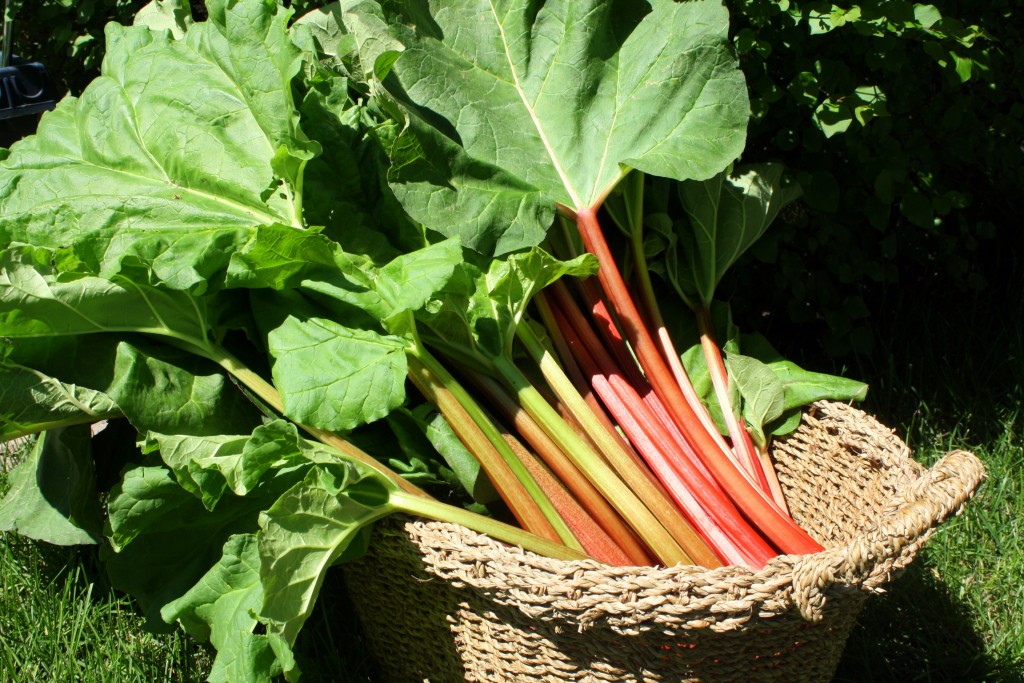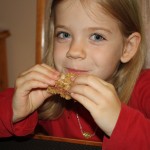Green rhubarb lends itself nicely to some savory rhubarb recipes. I decided to try my hand at Rhubarb Ginger Relish and Rhubarb Barbecue Sauce. Oh yes, I kid you not!

 Rhubarb Ginger Relish
Rhubarb Ginger Relish
A compilation of various recipes I found, again on a quest to find something with as little sugar as possible. But, hey, it’s rhubarb – some sugar required!
Ingredients:
2 cups diced rhubarb
2 cups chopped onion

1 cup white vinegar
1 cup sugar
2 tsp grated fresh ginger
1/2 tsp cinnamon
1/4 tsp cayenne pepper
1/4 tsp allspice
1 tsp salt
Preparation:
In a saucepan, combine all ingredients.
Bring to boil and continue to boil gently until mixture becomes thick, about 20-30 minutes.
Taste and adjust seasoning according to your preference.
Place in hot, sterilized jars. (see previous post)
Heat process your jars if saving for more than 3 months in the refrigerator. (see previous post)
Rhubarb Barbecue Sauce
Who would have thought! This one came from the Washington Post and I almost followed it exactly!
Ingredients:
2 tsp canola oil
1/2 cup chopped onion

2 cups rhubarb
1/3 cup packed brown sugar
2 tbsp water, plus more as needed to thin the sauce to your preferred consistency
2 tsp dijon mustard
1 tbsp cider vinegar
1 tbsp honey
1/2 cup ketchup
1/2 tsp salt
Fresh ground black pepper, or cayenne pepper
Yield: 1 1/2 cups
Preparation:
Heat oil in a saucepan.
Cook onion in saucepan until soft and translucent -do not brown.
Add the rhubarb, brown sugar and water. Bring to boil and cook until rhubarb is soft, about 6 to 7 minutes.
Remove from the heat and let the mixture sit in the saucepan for 15 minutes.
Add mustard, vinegar, honey, ketchup, salt and pepper to taste, stirring to combine.
Transfer to a blender and puree, or use an immersion blender in the saucepan to puree until smooth. Taste and adjust the seasonings.
To serve, warm the sauce. For a thinner sauce, add water, apple juice, if desired, or the cooking juices from whatever main ingredient the sauce is being served with.
Enjoy!

 Filed Under :
Filed Under :  Jul.22,2011
Jul.22,2011

 Tags :
Tags : 















